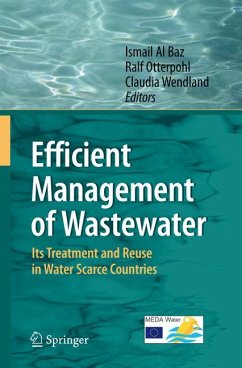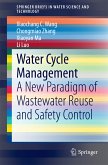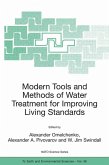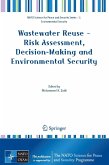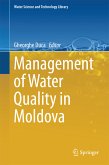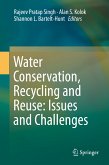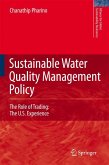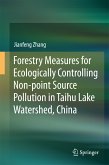Water reuse management is one of the challenges all water scarce countries have to deal with in the coming decades. Many Mediterranean countries are currently facing serious problems regarding the supply of sufficient water resources to cover their increasing water supply demands. In the year 2025, countries like Jordan, Israel and Palestine will have less than 150 cubic meters per capita and year. Other countries like Syria and Lebanon, at present classified as "water rich", will also face similar water stress problems during the next two decades. Therefore, these countries need water strategies that have to take into account alternative measures to cope with this situation. Water reuse is one of the essential options to be considered for the development of national water policies and strategies.
The present book highlights non-conventional solutions within the field of wastewater treatment and reuse predominantly for professionals and decision makers. It focuses on technologies like anaerobic and extensive treatment of municipal, domestic wastewater and grey water which are reliable, sustainable, low cost and suitable for rural and sub urban areas. Additionally, particular innovative on site concepts are presented. Within water reuse as overall objective, guidelines and recommendations as well as social aspects of water reuse are presented and discussed.
Dieser Download kann aus rechtlichen Gründen nur mit Rechnungsadresse in A, B, BG, CY, CZ, D, DK, EW, E, FIN, F, GR, HR, H, IRL, I, LT, L, LR, M, NL, PL, P, R, S, SLO, SK ausgeliefert werden.

